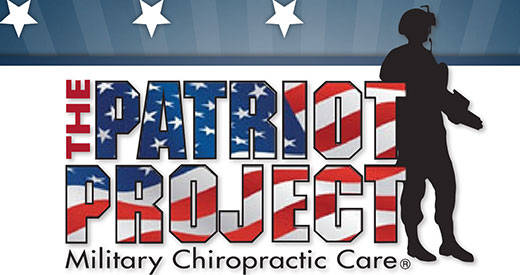Spine-area Pain in Military Personnel
Spine-area Pain in Military Personnel: A Review of Epidemiology, Etiology, Diagnosis, and Treatment
SOURCE: Spine J. 2012 (Sep); 12 (9): 833-842
Steven P. Cohen, MD, Rollin M. Gallagher, MD, MPH, Shelton A. Davis, MD, Scott R. Griffith, MD, Eugene J. Carragee, MD
Pain Management Division, Department of Anesthesiology & Critical Care Medicine,
Johns Hopkins School of Medicine,
Baltimore, MD 21205, USA.
BACKGROUND CONTEXT: non-battle illnesses and injuries are the major causes of unit attrition in modern warfare. Spine-area pain is a common disabling injury in service members associated with a very low return-to-duty (RTD) rate.
PURPOSE: To provide an overview of the current understanding of epidemiology, possible causes, and relative prognosis of spine-area pain syndromes in military personnel, including a discussion of various treatment options available in theaters of operation.
STUDY DESIGN: Literature review.
METHODS: Search focusing on epidemiology, etiology and associative factors, and treatment of spinal pain using electronic databases, textbooks, bibliographic references, and personal accounts.
RESULTS: Spine-area pain is the most common injury or complaint “in garrison” and appears to increase during training and combat deployments. Approximately three-quarters involve low back pain, followed by cervical and midback pain syndromes. Some predictive factors associated with spine-area pain are similar to those observed in civilian cohorts, such as psychosocial distress, heavy physical activity, and more sedentary lifestyle. Risk factors specific to military personnel include concomitant psychological trauma, g-force exposure in pilots and airmen, extreme shock and vibration exposure, heavy combat load requirements, and falls incurred during airborne, air assault, and urban dismounted ground operations. Effective forward-deployed treatment has been difficult to implement, but newer strategies may improve RTD rates.
There are more articles like this @ our:




